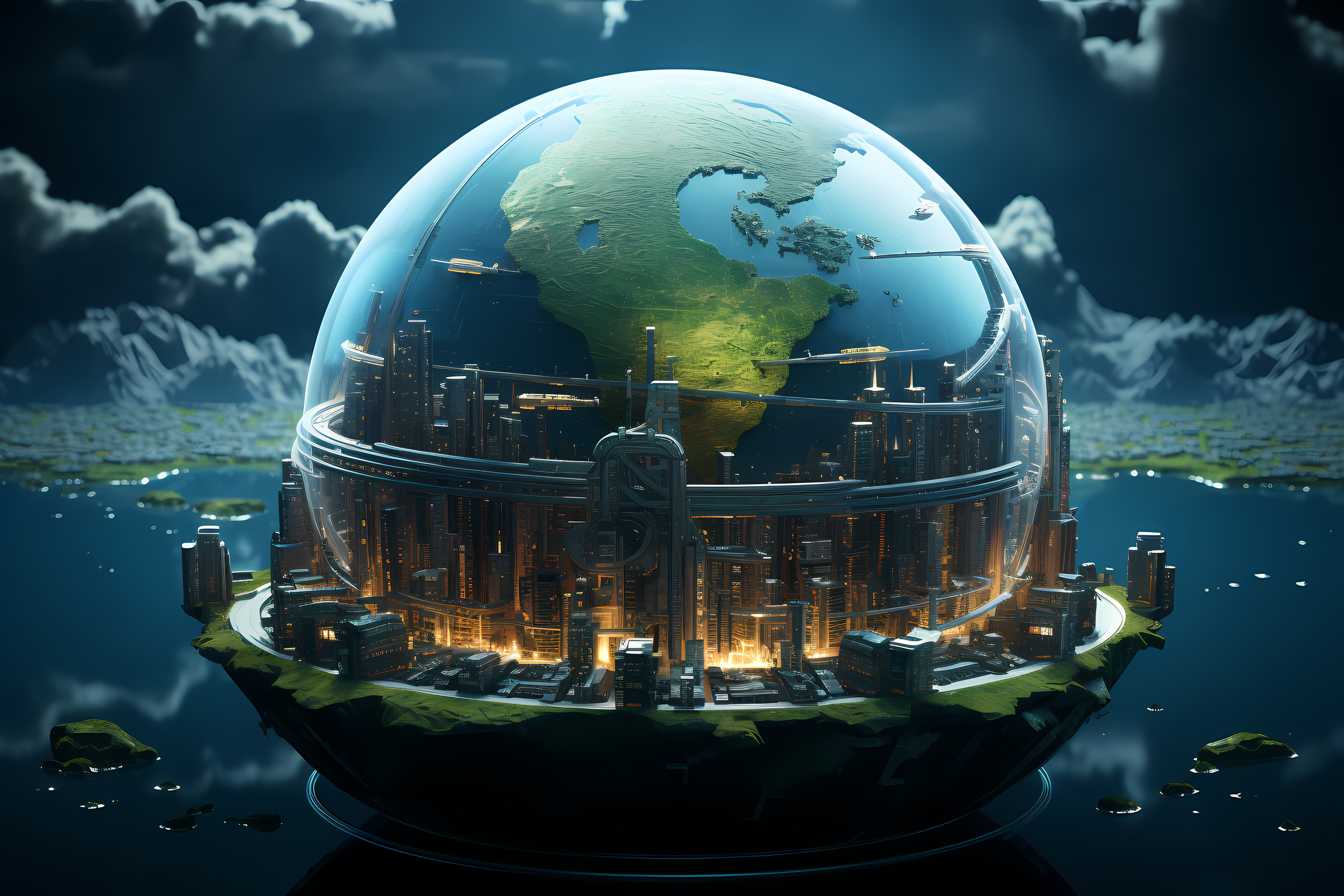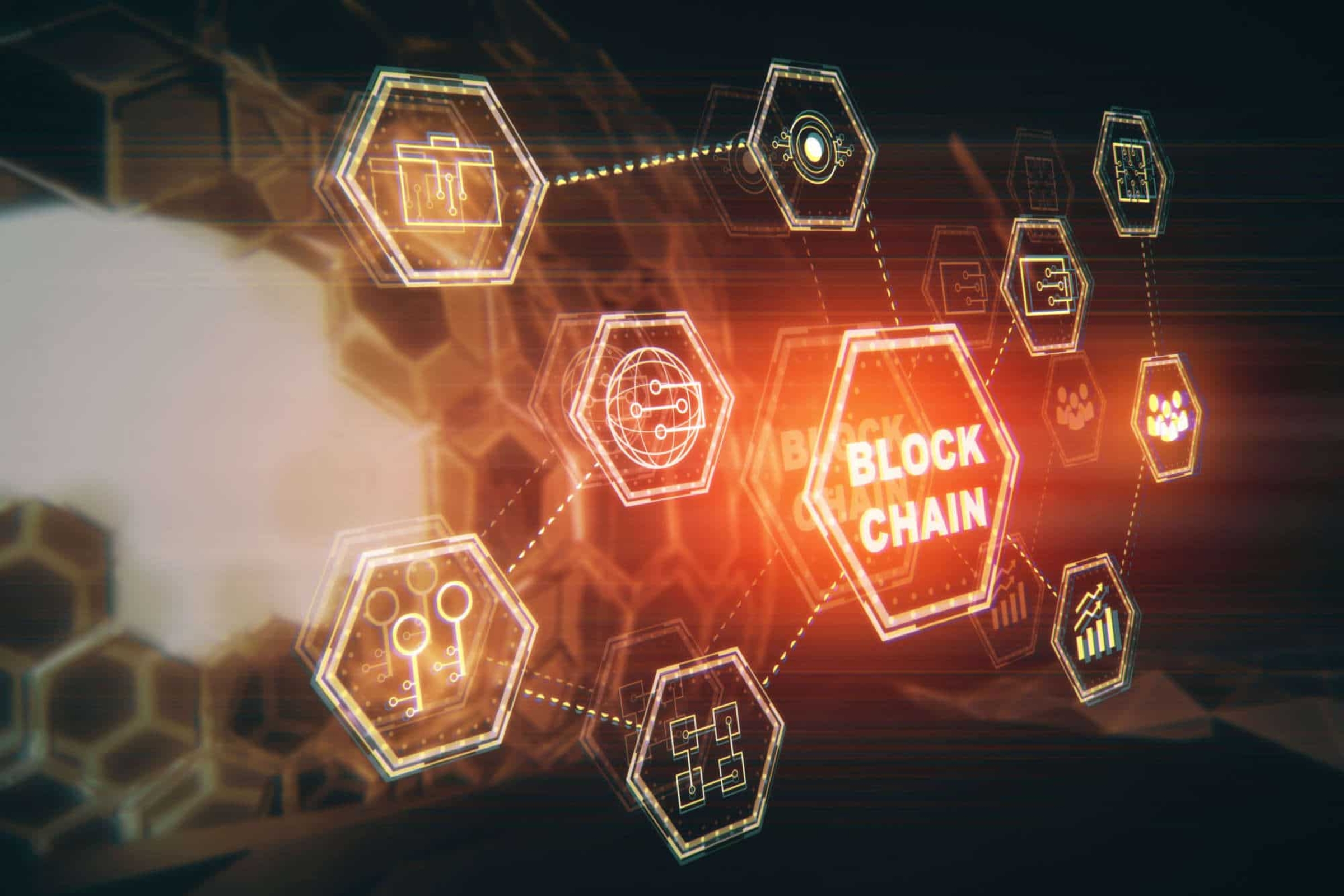Adapting to an increasingly unpredictable climate starts with understanding the risks it poses, from extreme weather to shifting seasonal patterns. This requires analysing data, identifying vulnerabilities, and forecasting future trends. By implementing sustainable policies, investing in resilient infrastructure, and raising awareness, we can better manage and mitigate these challenges.
1. Drones for Climate Adaptation
Drones, also known as unmanned aerial vehicles (UAVs), are aircraft that do not require a pilot. These devices are often equipped with advanced cameras and can cover large areas quickly.
In addition to cameras, drones can carry other sophisticated tools, such as sensors that detect unusual changes and geo-positioning systems that allow for precise tracking of locations.
Drones can be very useful for organisations trying to adapt to climate change. They can gather important visual data on climate risks and impacts. For example, a company might use drones to monitor water sources that are vital to its operations, helping to ensure they are not affected by climate-related changes such as droughts or flooding.
Drones can also play a critical role in emergency situations following climate disasters. They can be used to identify communities that are hardest to reach, helping rescue teams target their efforts more effectively in search-and-rescue operations.
2. Internet of Things for Climate Adaptation
The Internet of Things (IoT) refers to a network of connected devices that communicate with each other. These devices can be sensors or handheld gadgets that collect and share data to monitor different systems.
IoT technology is being used to gather and share new types of data, like changes in air quality and temperature. For example, sensors can detect wildfires and send alerts to mobile phones, warning people in the affected area.
3. AI for Climate Adaptation
Artificial Intelligence (AI) is being used to create much more accurate and advanced weather and climate models. These models can predict weather patterns and climate changes in ways that were not possible before.
For example, AI has made it possible to include sea surface temperature data in ocean models. This is something that human researchers were unable to do before, and it has helped scientists better understand the speed of ocean currents. This knowledge can be important for predicting weather patterns and managing coastal areas.
AI is also helping in other ways to adapt to climate change. For instance, it is being used in smart sewer systems that can prevent flooding during heavy rainfall. These systems can adjust in real time to direct water flow, reducing the risk of floods. Additionally, AI is being used to develop drought-resistant crops, which can help ensure food security even during dry periods. These advances show how AI is becoming a valuable tool in tackling the challenges of climate change.
4. Augmented Reality and Virtual Reality for Climate Adaptation
Augmented Reality (AR) and Virtual Reality (VR) are technologies that create immersive experiences for users. AR works by adding digital features to the real world, such as overlays of information on the physical environment, while VR uses special headsets to fully immerse users in a completely virtual world.
These technologies are becoming more widely used to help change how people think and act when it comes to climate change and adapting to its impacts. For example, VR headsets can simulate the effects of climate change, showing users what the world might look like in the future if current climate trends continue. This could include seeing altered weather patterns, rising sea levels, or the loss of biodiversity.
By allowing people to experience these potential changes firsthand, AR and VR can help raise awareness about climate issues and encourage more people to take action. These technologies are a powerful tool for educating and inspiring individuals, businesses, and governments to think more seriously about climate adaptation.
Conclusion
Adapting to climate change relies on understanding and managing risks, with technologies like drones, IoT, AI, and AR/VR playing key roles. These innovations help monitor environmental changes, predict climate patterns, and raise awareness, empowering individuals and organisations to take action. Embracing these tools is crucial for building resilience and a sustainable future in the face of climate challenges.
Adapting to climate change relies on understanding and managing risks, with technologies like drones, IoT, AI, and AR/VR playing key roles. These innovations help monitor environmental changes, predict climate patterns, and raise awareness, empowering individuals and organisations to take action. Embracing these tools is crucial for building resilience and a sustainable future in the face of climate challenges.
Interested in outsourcing? Speak to us
If you're interested in learning more or have any questions about the article, please visit our website's contact page. speak to our team.
“Image designed by Freepik”

















